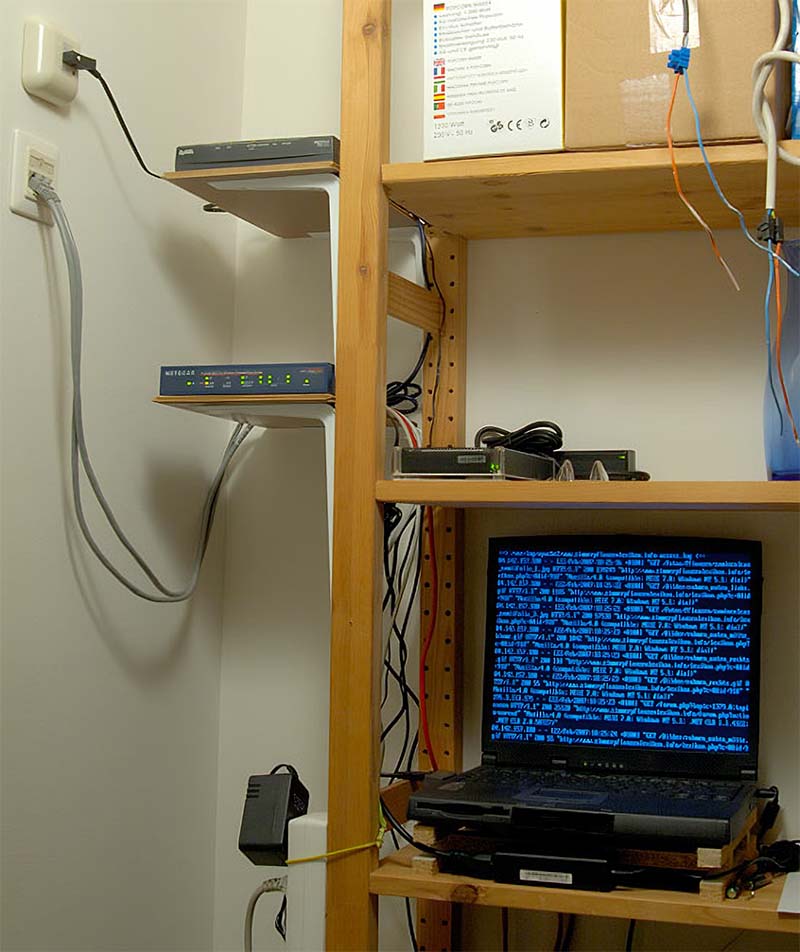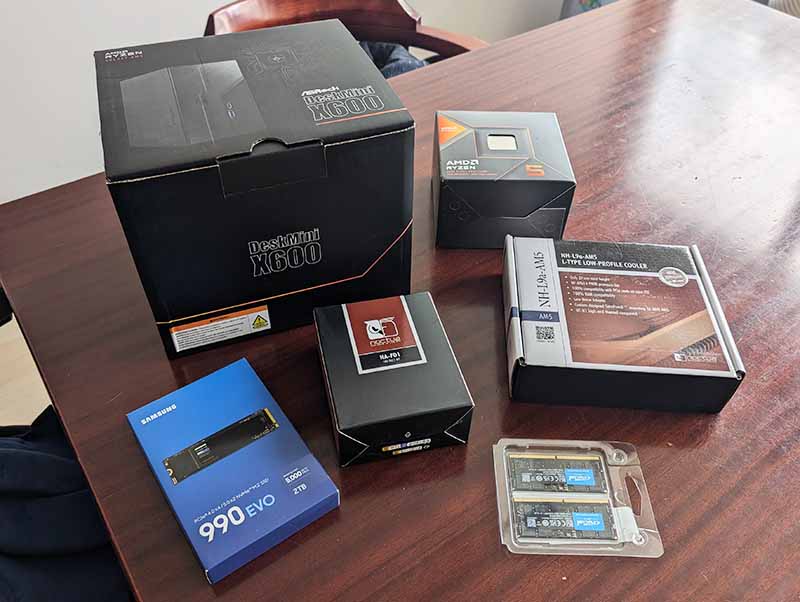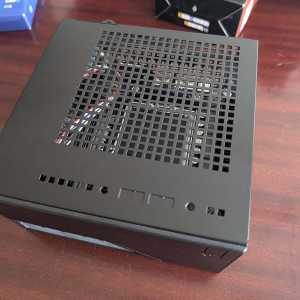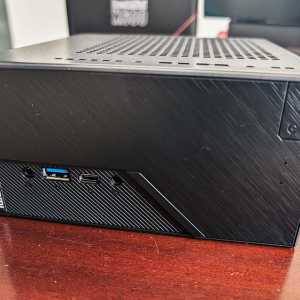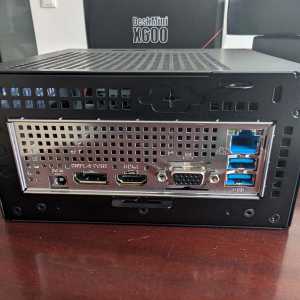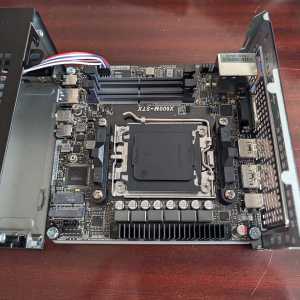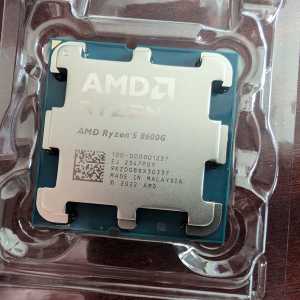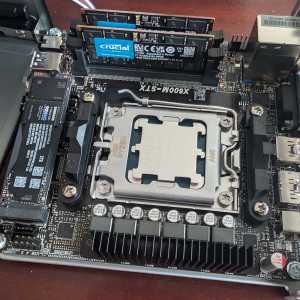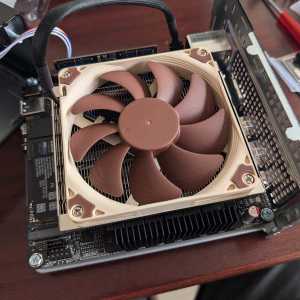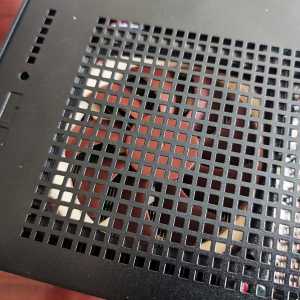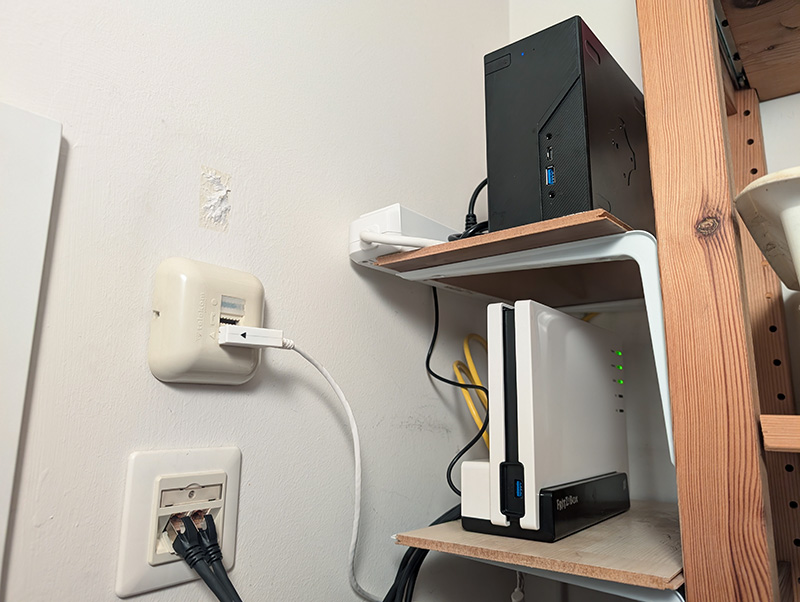ASRock DeskMini X600 - the new home for my web server
Once upon a time, about 20 years ago to be precise, I started up my first own web server. It was the birth of www.zimmerpflanzenlexikon.info, my website about caring for houseplants. From today's perspective, the technology back then seems almost archaic. The server was an old Acer TravelMate 525 TX with a Pentium III and 512 MB RAM, which I had bought at auction on eBay. For the Internet connection, I bought a dedicated DSL line with 512 kBit, which cost me 99 euros per month at the time. All the technology was stored in my storeroom between the vacuum cleaner and cleaning products, where the server did its job for a few years.
Over the years, however, the houseplant encyclopedia became more and more successful and at some point the 512 kBit were simply no longer enough. Unfortunately, I only have an unshielded 2-core telephone cable in my apartment, so a faster connection was not possible at the time. Due to a lack of alternatives, I switched to Hetzner in 2010, where you can get a pretty good root server for around 50 euros. The server has been running there for the last 14 years and I have always been very satisfied with Hetzner's service.
A few weeks ago, a colleague gave me a tip that A1 offers quite fast Internet. And according to the A1 website, such a fast connection is also possible at my address. Nevertheless, I was a little skeptical at first because I had already tried to get faster Internet in my apartment 10 years ago. However, the technicians back then failed to pull new cables to my apartment. After all, the DSL technology was so good that I had a 20/8 Mbit connection at home, which is enough for surfing and streaming, but definitely not enough for server operation.
But this time it went quite differently. The technician handed me a new Fritzbox and disappeared for 10 minutes. And then I suddenly had a 500/128 Mbit connection instead of a 20/8 Mbit connection. The technology behind it is called G.fast 106a. This made it possible for me to run my server at home again. While searching for suitable hardware, I came across an article from Heise Verlag. It is a suggestion for building a quiet and economical PC. I used the following components for the mini server (Amazon Affiliate-Links):
| Processor | AMD Ryzen 5 8600G (100-100001237BOX) |
| CPU cooler | Noctua NH-L9a-AM5 |
| Fan duct kit | Noctua fan duct kit (NA-FD1) |
| PC-Barebone | ASRock DeskMini X600 |
| Memory | 2 × Crucial SO-DIMM 16GB, DDR5-5200 (CT8G52C42S5) |
| SSD | Samsung SSD 990 EVO 2TB (MZ-V9E1T0BW) |
And here they are, the chosen ones for my new server:
It took less than 10 minutes to assemble the components.
I am very enthusiastic about the Asrock DeskMini X600 Barebone. If I had known about this motherboard earlier, I would probably have built my work PC with it instead of the Minisforum computer. The server is absolutely silent with the Noctua fan and only consumes about 10 watts in idle mode. And this is what my storage room looks like now:
The migration of my two websites took considerably longer. In total, I had to copy almost 50 GB from the Hetzner server to my home. But after a few evenings, the web server, mail server, databases, Nextcloud, firewall etc. were set up and I was able to change the DNS entries to my new IP.But after a few evenings, everything was done, including setting up the mail server, and I was able to change the DNS entries to my new IP.
Update 23.03.2025: Important BIOS update (v4.10) for the DeskMini X600
An important message for all those who, like me, have an Asrock DeskMini X600 in use, especially under Linux: Asrock has released BIOS version 4.10. This update is so important because it fixes a problem with potential data corruption under Linux. This could occur when using an NVMe SSD in the first M.2 slot - especially in combination with one of the newer Ryzen 8000G processors.
Of course, I installed this update immediately, with the result that my server suddenly had no network after booting. The cause was that the network interface had a different name after the BIOS update and therefore the configuration in /etc/network/interfaces was no longer correct. In my case, the name has changed from enp3s0 to enp108s0. The new configuration therefore looks like this:
# This file describes the network interfaces available on your system
# and how to activate them. For more information, see interfaces(5).
source /etc/network/interfaces.d/*
# The loopback network interface
auto lo
iface lo inet loopback
# The primary network interface
allow-hotplug enp108s0
iface enp108s0 inet static
address 192.168.0.222/24
gateway 192.168.0.1
# dns-* options are implemented by the resolvconf package, if installed
dns-nameservers 192.168.0.1
dns-search haraldkreuzer.net
With this configuration, the server is now running smoothly again.
